The Pianist(2002)
The horror of the Holocaust is brought sensitively to life in this harrowing but essential true story of one man's struggle to survive.
Certificate
Age group15+ years
Duration142 mins

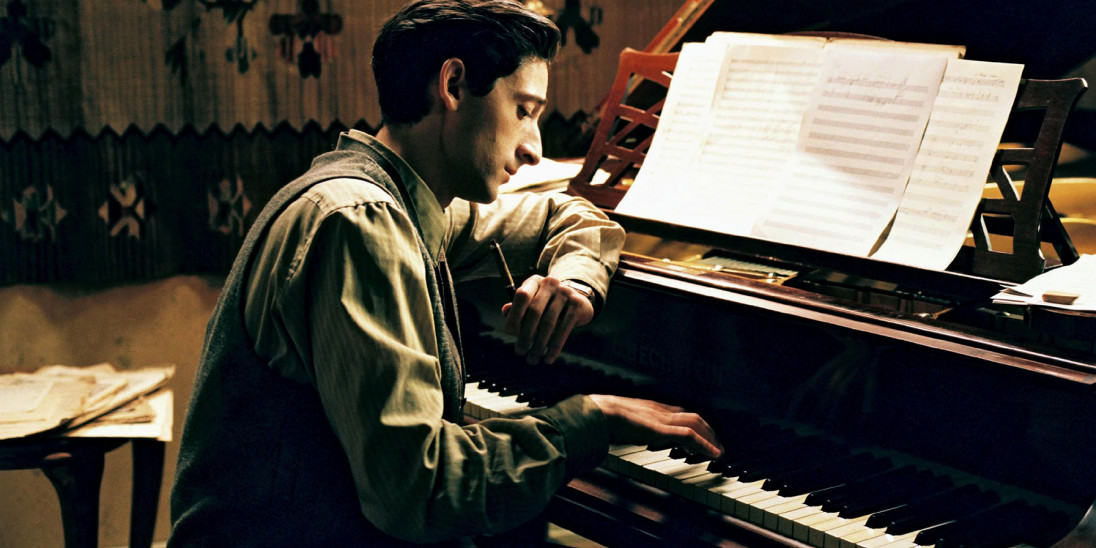
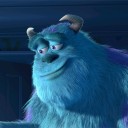
Where shall I start... Well, the film has a sublime abundance of technique, impact and meaning which composes and directs the whole tone and mood of the film.
The movie begins with one of if not the most famous pianist (Wladyslaw Szpilman) in Poland, who lives in the capital: Warsaw. This is his story during the intense, rough and monstrous events of the Nazi genocide of the Jews during WW2. This movie does a masterful job, in conveying and providing a subversive and compelling narrative which ventures in a thrilling and terrific fashion into the darkness of such era.
LIGHTING: The use of lighting I believe is used to mainly portray the emotion of the main character - it also aids the use of colour through the film to demonstrate a more bland, dull and frankly hopeless view into war engaging and metaphorically force the viewer to feel sympathetic towards the severe conditions jews had to endure to survive or just until their death. This gives an insight into the hard truth of life back then.
MISE-EN-SCENE: I think here is where the film goes wild and genuinely exceeds into creating a setting and a devouring atmosphere. It allows the viewer to sync with the film in a deep level - the sheer shock in the growth of the setting will shake any viewer to the core - making them ask "How could this happen?". Now before I can go on with any other area of the film, I feel the duty to congratulate Adrien Brody (Wladyslaw Szpilman) - he carried out one of the best performances I have had the pleasure to witness. He rightly won the Oscar and Caesar prize for best actor in the year 2002 (for this film.
CAMERA: When analysing the anatomy of this film, it is essential to evaluate the camera work. To be honest, however, I find that the camera work in this film to be around the level of masterpieces such as Shindler's List and The Godfather. It works for hand by hand with the rest of the areas of film language creating a severely enticing atmosphere. You simply won't be able to look away.
SOUND: Although people tend to forget about this area too easily, I find that one of the main reasons this film is so effective is due to the common but striking noises throughout the film such as beatings, screams, gunshots, cries and coughing. The profusion of this sounds is keenly used to create a discord feel in the film. To portray that, yes, this was an atrocious time, full of discrimination, terror, hatred, destruction and death. The use of music offers an escape to the horrors we see, giving hope to the character. Honestly, the soundtrack was astonishing and fitting, used precisely to portray emotion and feel to chain the audience to the narrative.
EDITING: All that I feel I need to say is that although I wasn't as impacted by this area as the other areas, it is by no means lacking or dull. It is meticulously used to make the film flow, in a correct and clear-cut manner. It is at the background of all the other areas, may not be as colossally impacting but without the scrupulous way in which the film was edited, it wouldn't be as fantastic.
In conclusions, this film is a piece of art, and in my opinion, anyone who is a lover of cinema or just likes it HAS to watch this masterpiece.
Print this review
Powerful drama based on true events about a powerful German businessman who helped Jews being persecuted by the Nazis in World War Two.
Certificate
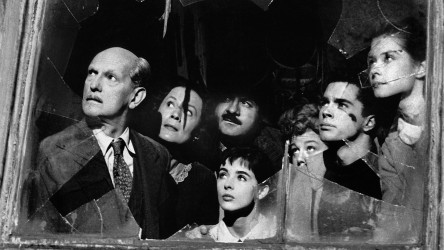
Stream on Into Film+
Moving adaptation of Anne Frank's world-changing diary, as Anne and her family must hide from the Nazis in occupied Amsterdam.
Certificate
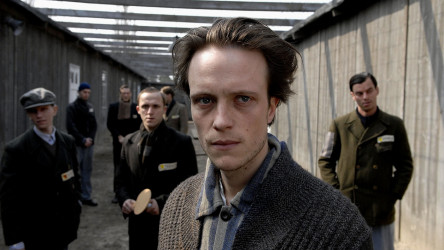
Harrowing account of the Jewish concentration camp prisoners forced to counterfeit money for the Nazis, and the horrors of the inmates around them.
Certificate
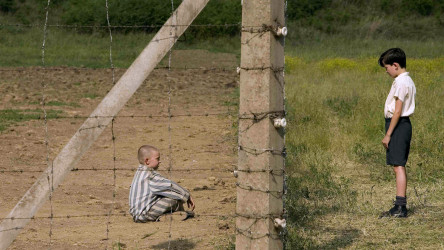
Stream on Into Film+
Bruno is kept in the dark by his Nazi commandant father about the neighbouring concentration camp, until he strikes up a friendship through the wire.
Certificate